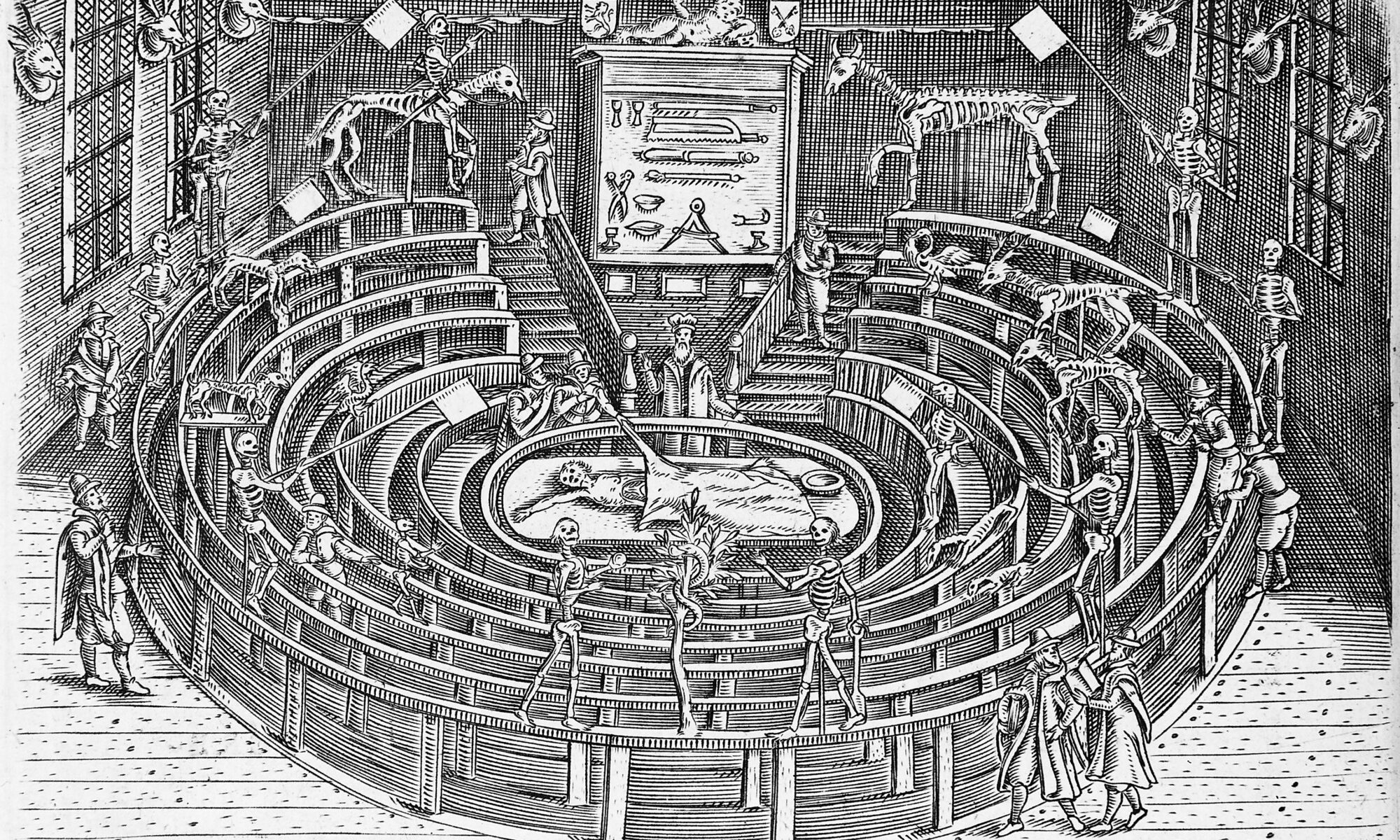
The work of Queen Jeanne de Bourgogne’s personal physician Guido de Vigevano (c. 1280 – c. 1349) was dedicated to the King of France, Philip VI. It is one of the most interesting 14th-century manuscripts dedicated to human anatomy. He refers directly to the Galen manuscripts and the teachings of the mentor Vigevano Mondino de Luzzi. Especially valuable are the illustrations contained in it, which were created thanks to the experience of this physician in carrying out an autopsy on human corpses, although they were officially prohibited during his lifetime. In one of the drawings the human body is even shown on the “autopsy” table, so that the corpse and the anatomist standing next to it occupy two planes next to each other. The next pictures show the anatomy of the abdomen, chest and head, and this is the most famous anatomy of a woman’s body with a visible “seven-chambered” uterus in reference to Galen’s hypothesis. In Vivegano’s work there are also drawings showing treatments carried out on living patients. All pictures are highly schematic and with low precision. In 1926, Vigevano’s work was reissued in color by the French librarian and historian of medicine Ernest Wickersheime.

